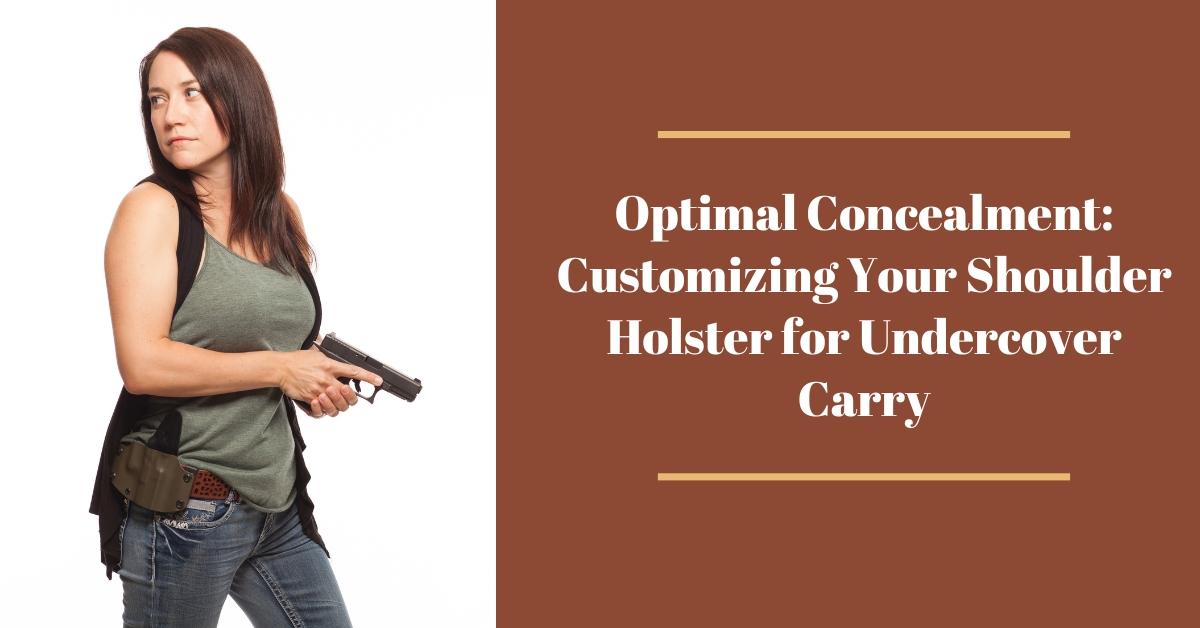Introduction
Carrying a concealed weapon, also known as concealed carry or CCW, is carrying a gun—typically a sidearm like a handgun—nearby, on one’s person, or in public spaces while hiding or concealing the weapon’s presence from onlookers. Open carry is the American term for the opposite of concealed carry.
Unlike most law enforcement officers, some carry handguns concealed in holsters, such as plainclothes detectives or undercover agents. Civilians may be legally required to obtain a concealed carry permit to own and carry a firearm in some nations and jurisdictions. In some states, a CCW permit is only necessary if the gun is hidden from view, such as having it in a purse, bag, trunk, etc.
The majority of American jurisdictions permit concealed carry. All jurisdictions allow for legal concealed carry via a permit or license, or constitutional carry, but only a few states and jurisdictions severely restrict or outright prohibit it. Illinois was the last state to adopt a concealed carry law, and on January 5, 2014, license applications became available.
How to customize a shoulder holster for concealed carry?
If you can find a holster that fits you properly, which may require some trial-and-error, shoulder holster, in particular, can be a great option for concealed carry. The ideal shoulder holster can perfectly complement your body and style. You should take into account the following factors in addition to its type:
Gun Type
Starting with the right handguns for this type of carry is one of the most crucial steps in picking the best shoulder holster. A gun too big to carry comfortably may ride up into your armpit. It would be best to have a gun that rides close to your body to prevent discomfort or printing. These holsters better fit the body with a slimmer gun than a bulkier gun. Long-barreled handguns can also be carried in shoulder holsters if the proper covering garment is worn, depending on how the handgun will be held next to the body.
Fit/Comfort
Everybody’s body is unique in shape, size, and type. Even people of the same height and weight can have different natural body curves, necessitating the proper adjustment to achieve the ideal shoulder holster fit. Most holsters on the market don’t have adjustable rigs; instead, they take a one-size-fits-all approach that might work for some people but not others. As a result, those who need shoulder holsters for work, like law enforcement, need custom tailoring to get the proper fit for their body profile.
If you don’t get a snug fit, your holster might end up riding too high in your armpit and not allowing the gun to fit. Alternately, it may ride too low and chafe your ribs. Its orientation can also impact the concealability of the handgun. Choose a holster whose parts you can adjust to fit your body.
Mobility
It’s time to see if it can support your lifestyle after you’ve set everything up to your liking. Analyze your holster’s range of motion. The manufacturer’s warranty or return policy might be your only option. You can move as if you were outside without damaging your holster while remaining comfortable in your own home. For example, you can jump, bend, crouch, sit, twist, and perform other motions.
Materials
The most popular materials are nylon, leather, and Kydex, each with advantages and disadvantages.
- Nylon: Although less durable than other options, nylon is inexpensive and has a quiet draw.
- Leather: Although the material can deteriorate over time, especially when exposed to moisture, leather offers unmatched flexibility and comfort with a quiet draw.
- Kydex: Even after years of use, Kydex retains its shape and is lightweight, but it does produce a slightly noisier draw than other materials.
Retention
If the retention in your holster is inadequate, you might be unable to hold onto your weapon securely during difficult movements like hand-to-hand combat, or it might fall out while riding a bike over bumps.
Concealment
In particular, if open carry is prohibited, concealment aids in keeping your handgun hidden. Ensure that it is visible by printing on your shirt or jacket if your shoulder holster rides up too high or too low.
Price
One-size-fits-all shoulder holsters can be found in less expensive models. In contrast, custom holsters can cost more but provide the durability you need rather than requiring repeated purchases because they wear out or do not fit properly.
Draw/Reholstering
A good shoulder holster should enable you to draw your gun from concealment quickly. While releasing any retention devices, you ought to maintain a firm grip on your handgun. You should also easily reholster with just one hand if necessary.
Conclusion
One of the most stylish holsters available is the shoulder holster. Wearing a shoulder holster is more than just looking badass; it also instantly improves your sense of style. In contrast to inside-the-waistband (IWB), OWB holster, pocket carry, and chest holsters, shoulder holsters are the best option for concealed carry. The information in the blog was useful for you all. Do let us know in the comment section below.

